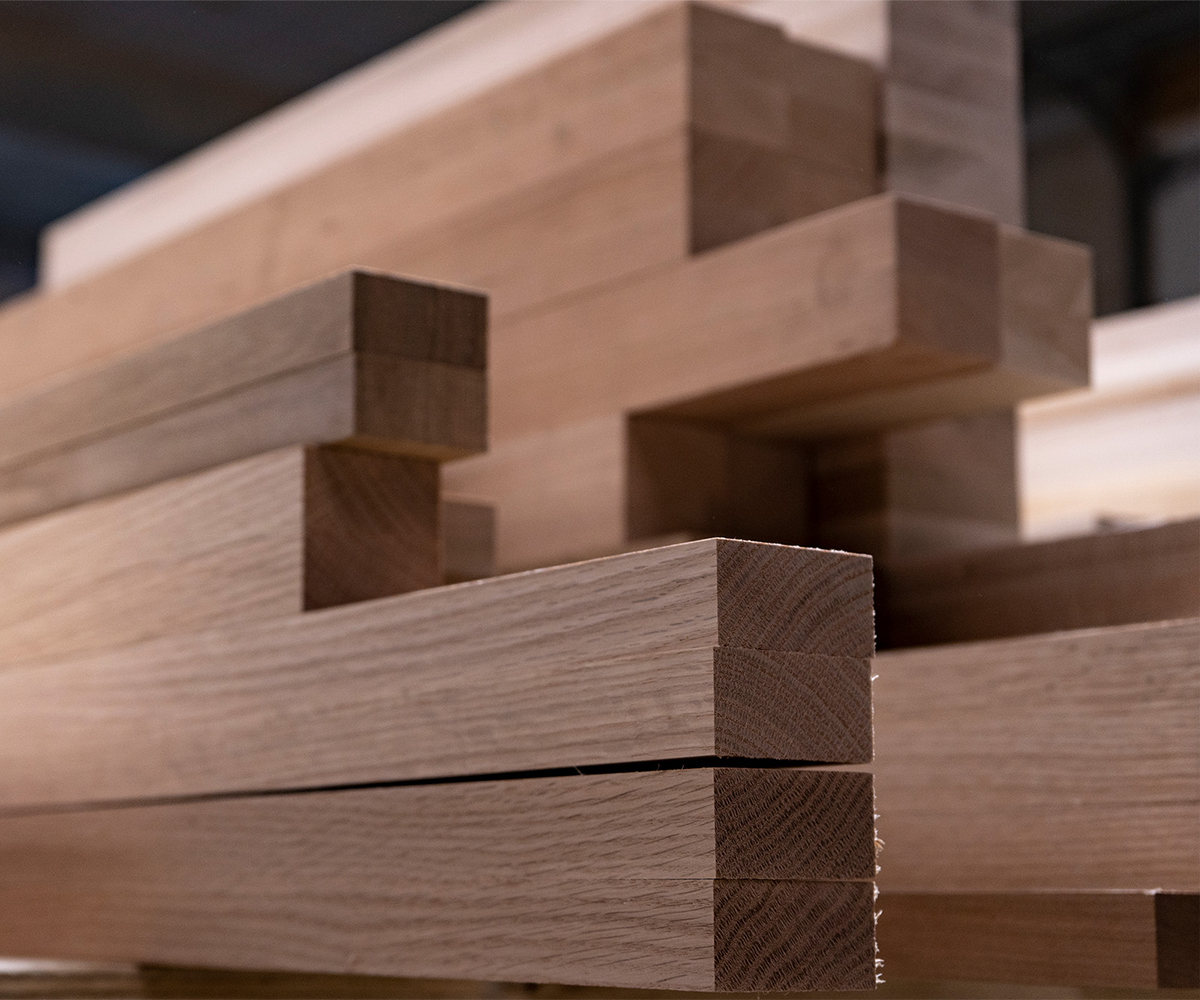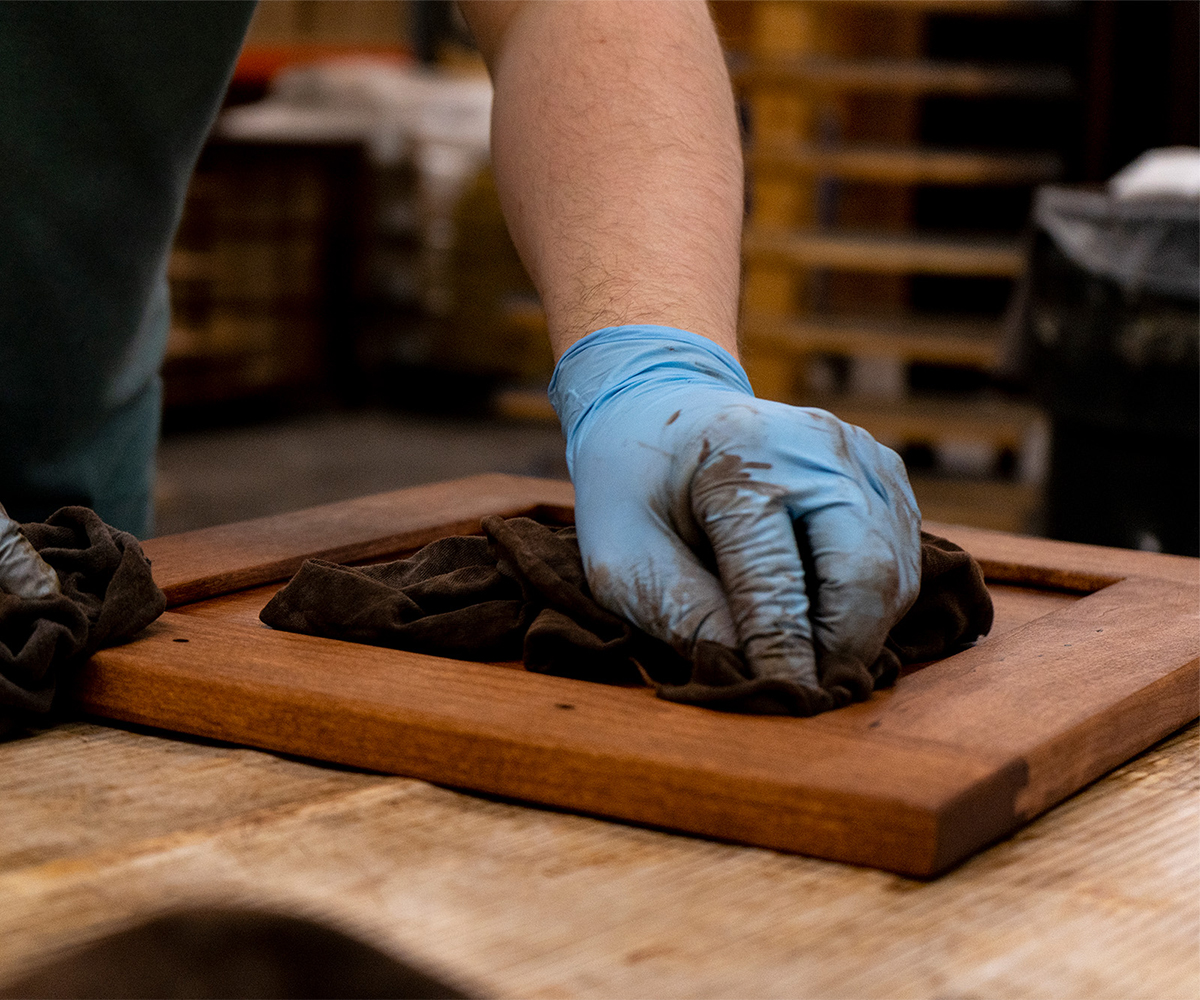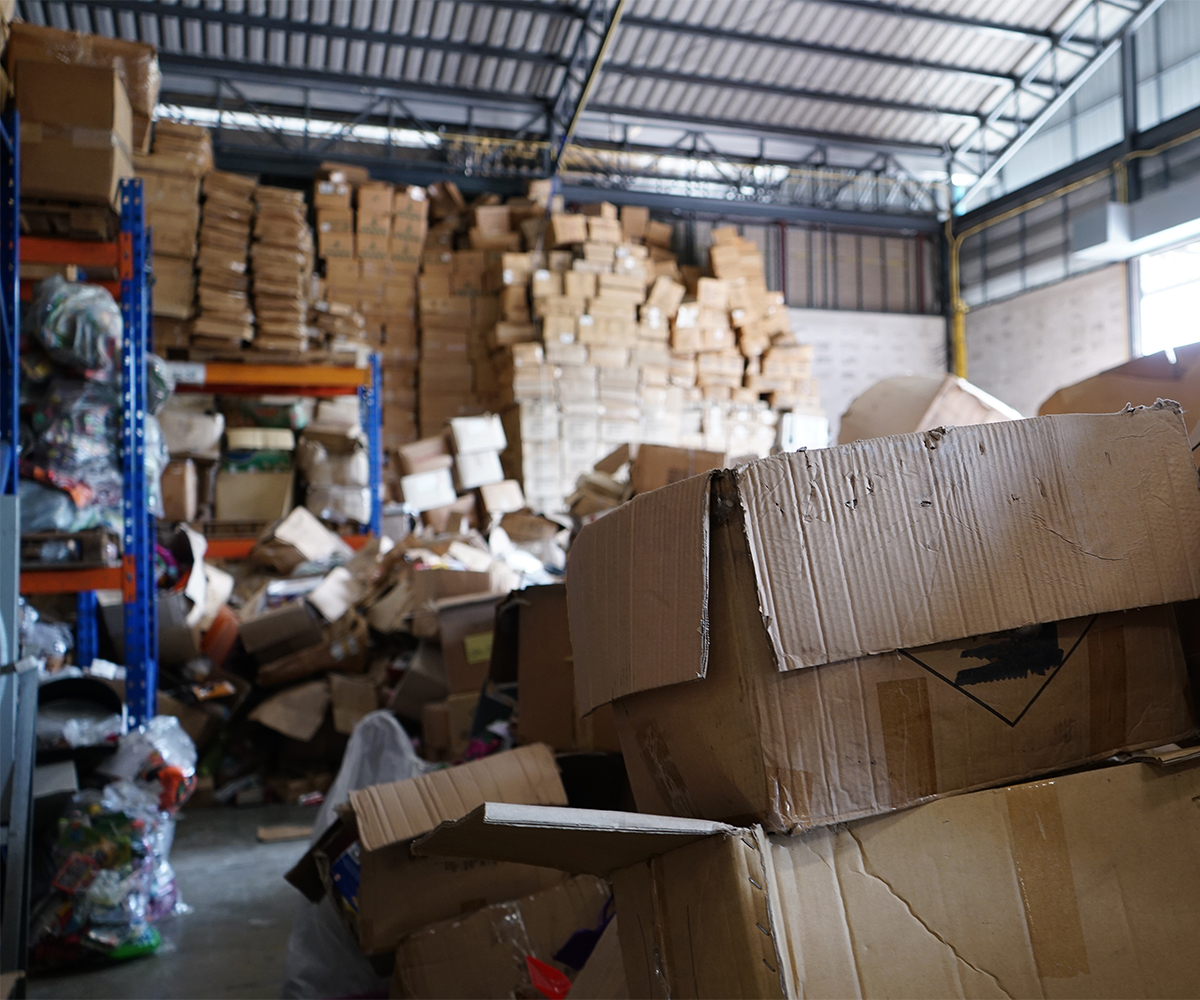How Tariffs are shaking up the Furniture Industry
Global manufacturers vs American-made furniture
Has your furniture website had a recent spike in views and interactions? If so, you’re not the only one. For many American furniture retailers and craftsmen, there has been a shift in their website traffic recently—the cause of the recent surge: the latest tariffs on imported goods. U.S. furniture industry trends are shifting rapidly in response.
Searches on the rise for American-made furniture
Whether you’ve followed President Trump’s latest tariff actions or not, it’s safe to say they’ve shaken up the outlook for international trade. With a baseline tax of 10% on almost all imported goods as of April 2025*, the prices of non-American products are steeply climbing. Some of the highest tariffs are against China, a massive supplier of mass-produced furniture. Now, consumers are motivated to buy directly from American craftsmen or stores. This push for American-made goods produced within our borders is evident from Google’s trending search data:

Data of Google searches in the United States over the past year for “amish made furniture” (blue) and “american made furniture” (red). “American made furniture” currently ranks the highest search. “Amish made furniture” is close behind with a huge percentage of the searches coming from West Virginia, Kentucky, Maryland, and Ohio.

Data of Google searches in the past month: American-made furniture and Amish-made furniture searches have skyrocketed since the end of March 2025. Surprisingly, Hawaii has seen a massive increase in searches for Amish-made furniture.
An opportunity for locally built furniture? Don’t bet against it.
Are furniture manufacturers prepared if a large influx of orders is on the horizon? For some, this is an exciting business opportunity. For others, transitioning to domestic production may not be part of their plan. Here’s why:
Challenges ahead for the largest furniture companies
 Smaller American companies that source their materials from the US should find these new tariffs won’t affect their production costs as drastically. However, big companies will be heavily impacted. According to an article posted by the Home Furnishings Association on 3/7/25:
Smaller American companies that source their materials from the US should find these new tariffs won’t affect their production costs as drastically. However, big companies will be heavily impacted. According to an article posted by the Home Furnishings Association on 3/7/25:
The home furnishings industry relies heavily on imports for a variety of products, from raw materials to finished goods. The newly imposed tariffs are likely to increase the cost of these imports, leading to higher prices for retailers and, ultimately, consumers. This escalation in costs could result in reduced profit margins and potentially decreased demand if consumers are unwilling or unable to absorb higher prices. Additionally, retaliatory tariffs from these countries on U.S. exports could affect domestic manufacturers who rely on these markets, further disrupting supply chains and pricing structures.
The CEO of the HFA, Shannon Williams, told Fox News:
Over time, US manufacturers have shifted to US assembly, I’ve spoken with the CEOs of the largest furniture manufacturers supplying the U.S., and none of them have communicated intent or plans to bring manufacturing or assembly back to the US, due to tariffs on raw materials, components, high labor costs, and a lack of employable workers. -Quote from HFA’s article, 3/7/2025 Update: Tariffs and US Trade Developments
A bright future for the Amish craftsmen?
While the HFA’s research shows the tariff’s effects on large-scale furniture companies, we wanted to know how smaller businesses in the industry are affected. Our team recently spoke to builders in the Amish communities, and these were the things they shared: 
- The tariffs will not have much effect on wood manufacturing, as most Amish craftsmen source their hardwood in America.
- Hardware and other non-wood components could be affected. It is uncertain where manufacturers/suppliers get the materials, but they are likely from different countries.
- The tariffs will impact non-vital supplies, such as gloves, but Amish craftsmen are unsure how much that will affect their overall costs.
- Stains/finishes are going to be more expensive. The dyes and pigments in finishes and stains are mostly sourced overseas.
- A price increase is not likely to come before the Fall of 2025, and increases are projected to be gradual.

Overall, these Amish craftsmen remain optimistic that the changes will not affect them as much as the more prominent manufacturers. They even hope it may increase the demand for Amish furniture. The key question is whether consumer spending will remain strong enough to sustain that demand.
How American craftsmen can prepare
Depending on their location and size, some craftsmen may face more challenges than others. However, the long-term goal of these tariffs is to bring more business to the American manufacturers. We may not see this result immediately, but we believe all American craftsmen will benefit by taking these steps:
- Explore available American-sourced materials
- Invest in new and existing relationships with retailers
American Furniture Inventory in Stores
Furniture stores’ biggest concern is the likely rise in furniture costs. Each store is willing to absorb only so much before it charges customers more. There’s huge pressure on store owners with an inventory full of imported goods. On the other hand, it seems that those specializing in American furniture are not quite so worried. Is switching to American and Amish-made furniture the best solution to the recent tariffs?

Hope for the Future
While many store owners are still uncertain about making the switch, others stand by the benefits of stocking American goods. Tim Harris, owner of Top 100 Knoxville Wholesale Furniture, is among the many who have high hopes for the long-term benefits of these tariffs. He told Furniture Today,
“What’s good for the country is eventually going to be good for us. We’re having a huge lift in American made Amish furniture,” Harris said, noting his stores are about 60% domestic product and 40% imports. “If the tariffs help bring more manufacturing back to the states, that’s a great thing. Especially in domestic upholstery, the tariffs will prevent a lot of the really cheap stuff from shipping into the country. The Amish furniture is great quality, and this will make it more affordable, so I see it as a positive.” – Quote taken from Furniture Today article, Tariffs weigh heavily on retailer’s minds
Retailers, like Lou Rodman, owner of Lou Rodman’s Patio, Barstools, & Amish Emporium in Fresno, told his local news station:
“With the imported products coming up in price, there’s not going to be as much of a difference between this high-quality custom American-made furniture and something that would come from overseas with a bunch of tariffs.” -Quote taken from “How tariffs could make American-made furniture ‘more competitive’” written by Ben Morris
Many store owners like Lou are proud of the quality provided by Amish and American craftsmen. If there is not going to be a major price difference, it is likely that customers will opt for the higher-quality option.
I haven’t seen an increase in visits to my website yet. What do I do?
If you’ve not been noticing any noticeable differences in your website traffic, there are a few possible reasons why:
- Your Search Engine Optimization might be poor, meaning you don’t rank high enough on a search page to be seen by your desired customers.
- It may simply be a matter of time. We project that interests will continue to increase through the Summer.
SEO takes time to build up, and most don’t see significant results from their work until a year has passed. Whether you plan to do it yourself or use SEO services from VIZTECH or similar company, we recommend that you:
- Encourage your customers to leave Google reviews
- Optimize your target demographic
- Increase the content on your site to stay competitive with U.S. furniture industry trends
- Update your website layout for a more pleasant and modern user experience
- Use articles to inform and attract customers

It may be time to advertise more. However, we suggest keeping this as your last resort. Online advertising is costly and competitive in this industry. As soon as you stop paying for ads, your visibility will be lost. That is why we recommend permanent solutions like SEO first.
Ongoing Questions for the Furniture Industry
We’ve explored a lot of questions about how these tariffs will affect the future of the American furniture industry:
- How will the tariffs significantly change the supply and demand of American-sourced materials?
- Will manufacturers and retailers be able to keep up with the demand for products?
- Could the American furniture industry thrive off the tariffs?
Time will be the most significant factor as we continue looking for answers and solutions. While many have their assumptions about the future, it’s safe to say that there is hope. Everyone involved in the American furniture industry is working hard to adjust to the tariffs and continue striving for great products and service. America was once a country with a strong focus on domestic production, and perhaps this practice will make a slow return. *https://www.pbs.org/newshour/economy/a-timeline-of-trumps-tariff-actions-so-far
